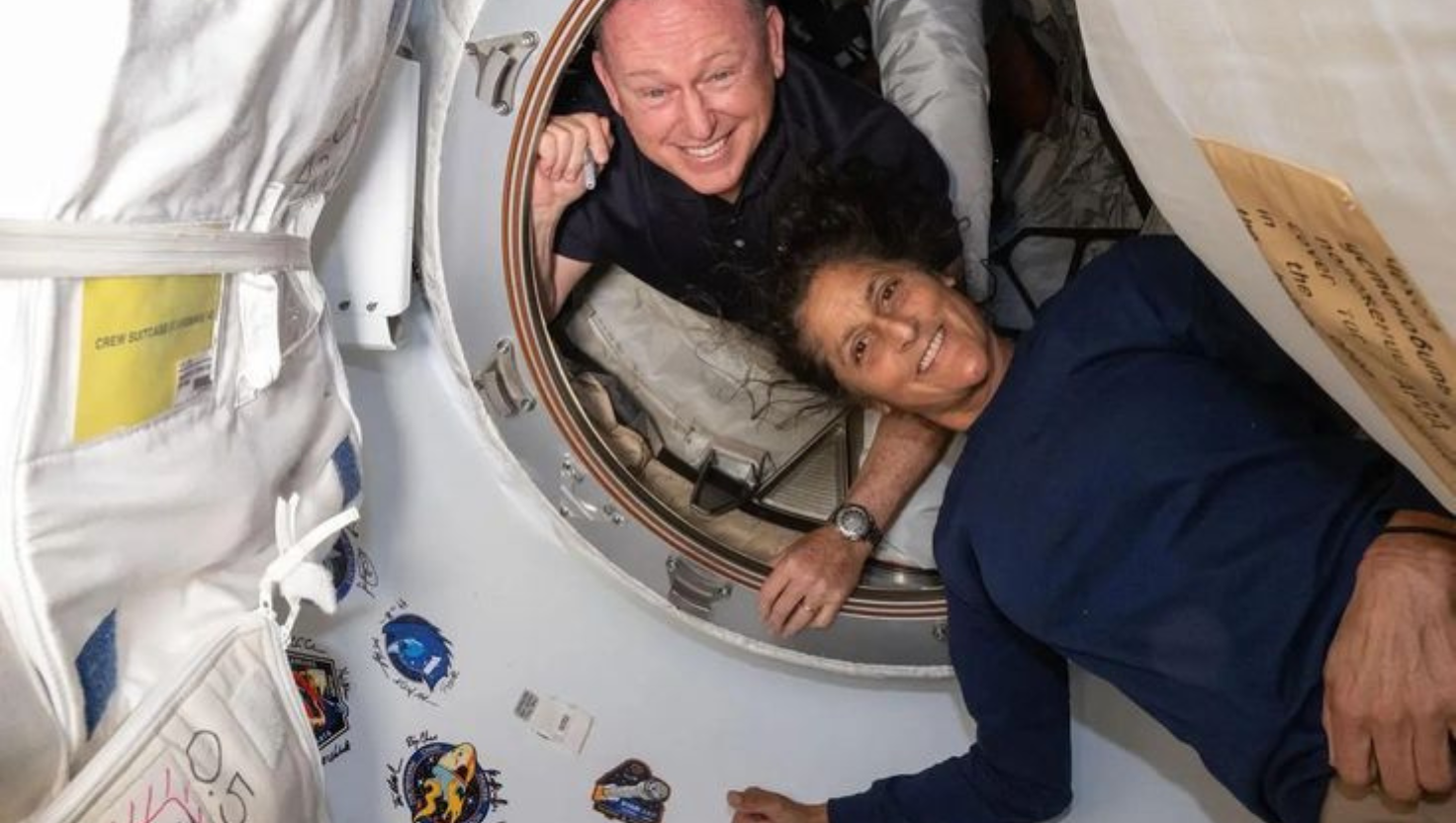NASA Astronauts Sunita Williams & Butch Wilmore Return from Historic Journey
Space Milestone Achieved
NASA astronauts Sunita Williams and Butch Wilmore safely returned to Earth on Saturday following a record-breaking prolonged mission aboard the International Space Station (ISS). What was intended to be a regular trip under NASA's Commercial Crew Program became an exercise in endurance due to the failure of the Boeing Starliner spacecraft to meet planned technical timelines.
Extended Stay and Mission Challenges
Launched in June 2023, Williams and Wilmore spent four more days in orbit than expected while NASA and Boeing engineers struggled through Starliner's technical problems. Despite the longer stay, the astronauts were very active, supporting ISS operations in the following ways:
- Performing vital scientific experiments
- Helping with maintenance and spacewalks
- Participating in long-duration spaceflight research
- Sustaining their physical and mental strength in microgravity
Safe Return to Earth
Following careful examinations, the Starliner capsule was cleared for return. The spacecraft successfully undocked from the ISS, survived re-entry via Earth's atmosphere, and deployed parachutes for a controlled landing at the intended recovery location. Medical personnel were on standby to analyze the astronauts, as prolonged exposure to microgravity presents several physical challenges, including:
- Muscle and bone loss – Astronauts experience bone density and muscle loss in the absence of regular exercise.
- Cardiovascular deconditioning – The heart functions differently in space, and acclimatization is needed upon return.
- Vision impairment – Pressure on the optic nerve increases, impacting eyesight ability.
- Radiation exposure – The lack of Earth's shielding means higher levels of cosmic radiation.
Psychological and Readjustment Challenges
Space living brings with it psychological challenges that include:
- Isolation and confinement – Reduced social interactions impact mental well-being.
- Sleep disturbance – The ISS completes one orbit around Earth every 90 minutes, affecting natural sleep patterns.
- Psychological stress – The distance from loved ones contributes to the psychological stress.
On their return, astronauts also experience readapting to gravity, balance and coordination take some time to settle. The effects of such long-duration missions serve to fine-tune NASA's training and recovery programs for future space travelers.
Boeing Starliner & SpaceX Crew Dragon: The Future of Space Travel
NASA's Commercial Crew Program depends on two spacecraft providers—Boeing's Starliner and SpaceX's Crew Dragon—to carry astronauts. Although Starliner encountered technical challenges, it is still an integral component of NASA's redundancy strategy, providing uninterrupted human spaceflight capabilities.
Boeing Starliner Highlights:
- Built for reuse up to 10 missions
- Can transport up to seven astronauts or a combination of crew and cargo
- Encountered propulsion and software issues, resulting in mission delays
SpaceX Crew Dragon Strengths:
- Has been operational since 2020 with several successful ISS missions
- Sophisticated touchscreen controls and autonomous docking
- High reliability and reusability, which lowers costs for missions
The Importance of This Mission
This prolonged spaceflight offers NASA precious data in three areas:
- Human Adaptation – Learning how the human body is affected by continuous space exposure
- Spacecraft Performance – Determining enhancements for commercial spacecraft
- Emergency Preparedness – Enhancing contingency planning for future missions
What's Next for Williams and Wilmore?
Now safely back on Earth, the astronauts will have medical evaluations and rehabilitation to regain maximum physical strength. NASA and Boeing will also review the mission's challenges to inform future spacecraft designs and safety measures.
The Future of Commercial Spaceflight
This mission highlights the value of public-private partnerships in developing space travel. As both Boeing and SpaceX support NASA's Commercial Crew Program, human spaceflight becomes more available, cost-effective, and sustainable. These technologies set the stage for future deep space exploration and commercial space stations.
Stay Updated
For breaking news on NASA missions, see official news and perspectives on the changing face of human spaceflight.

